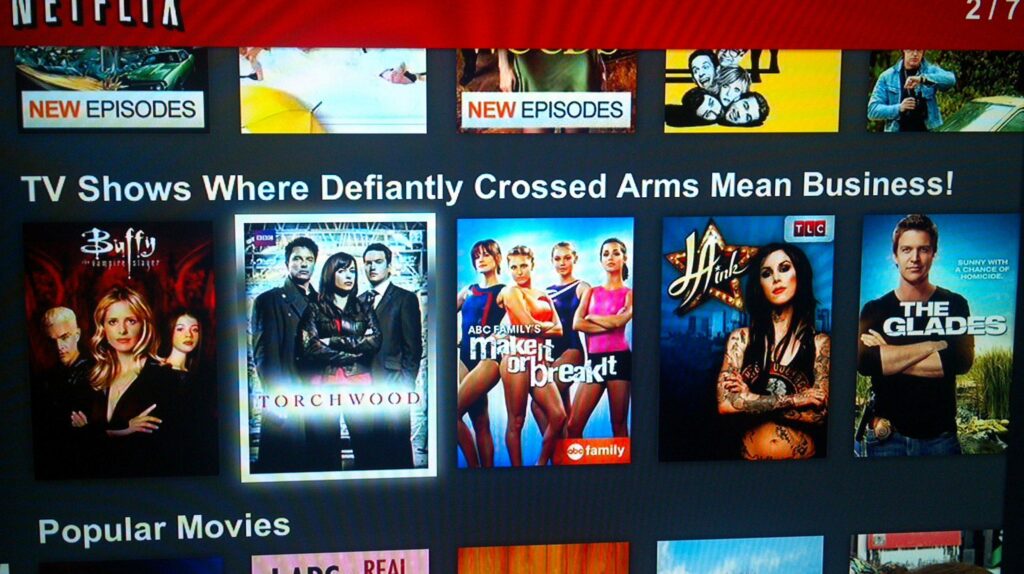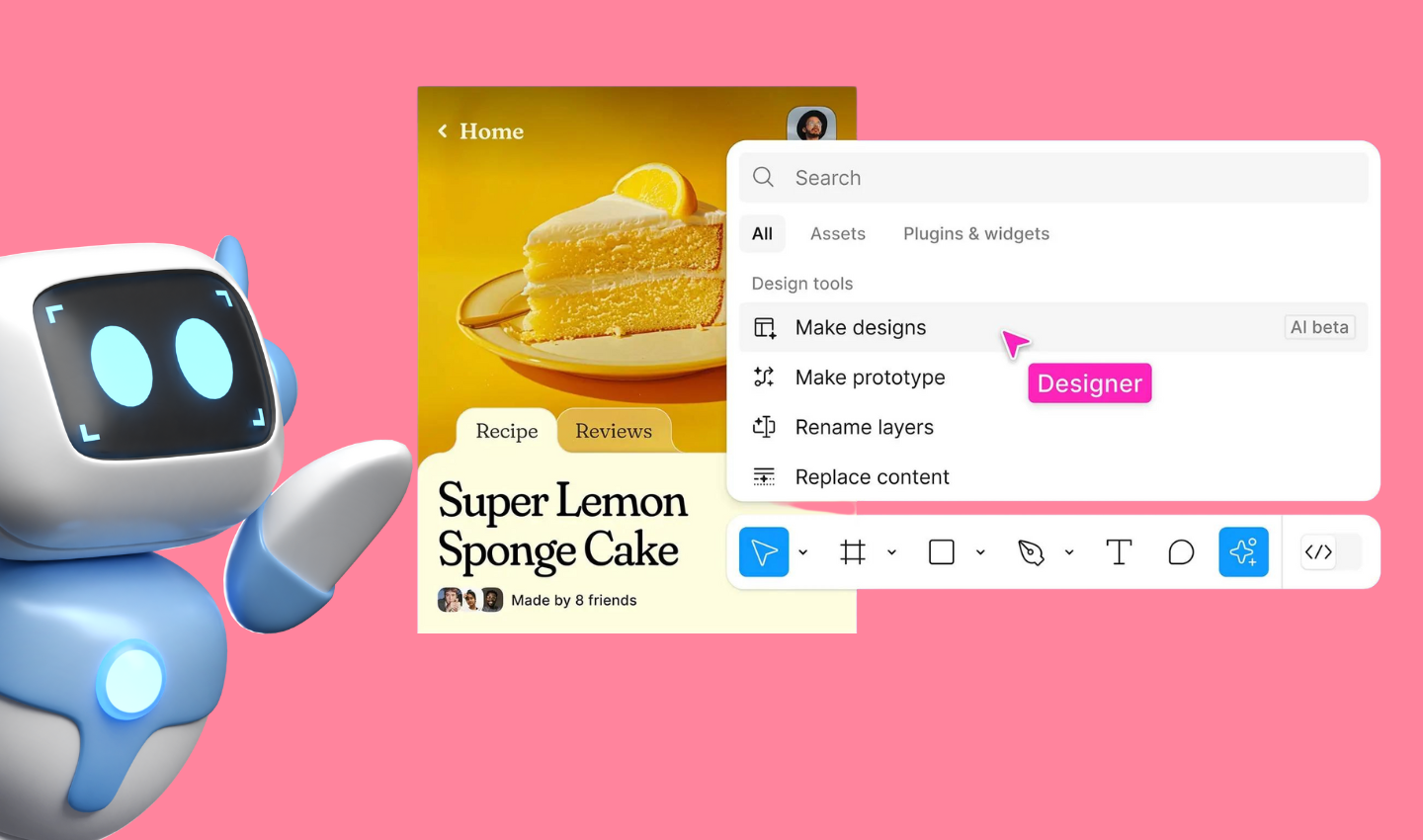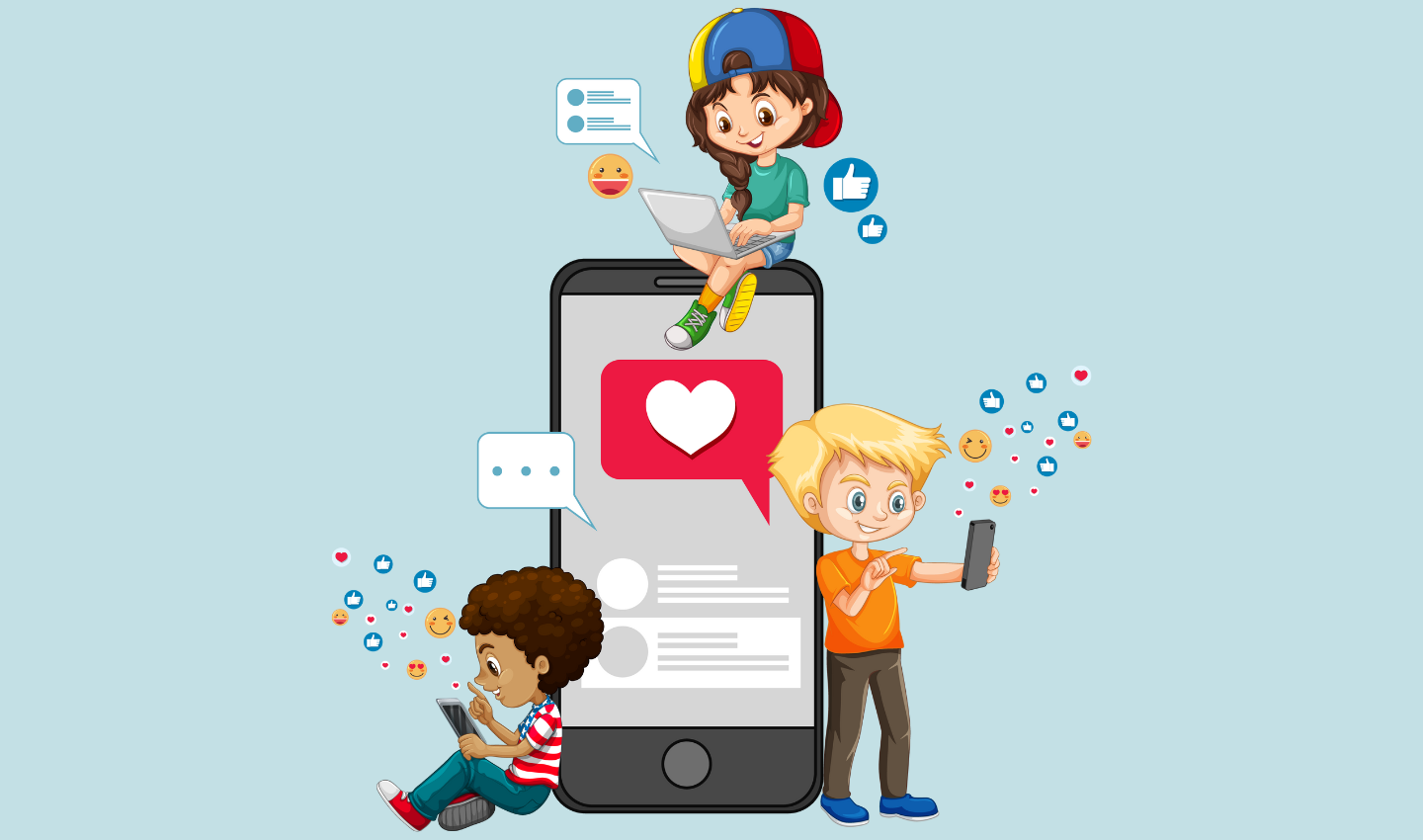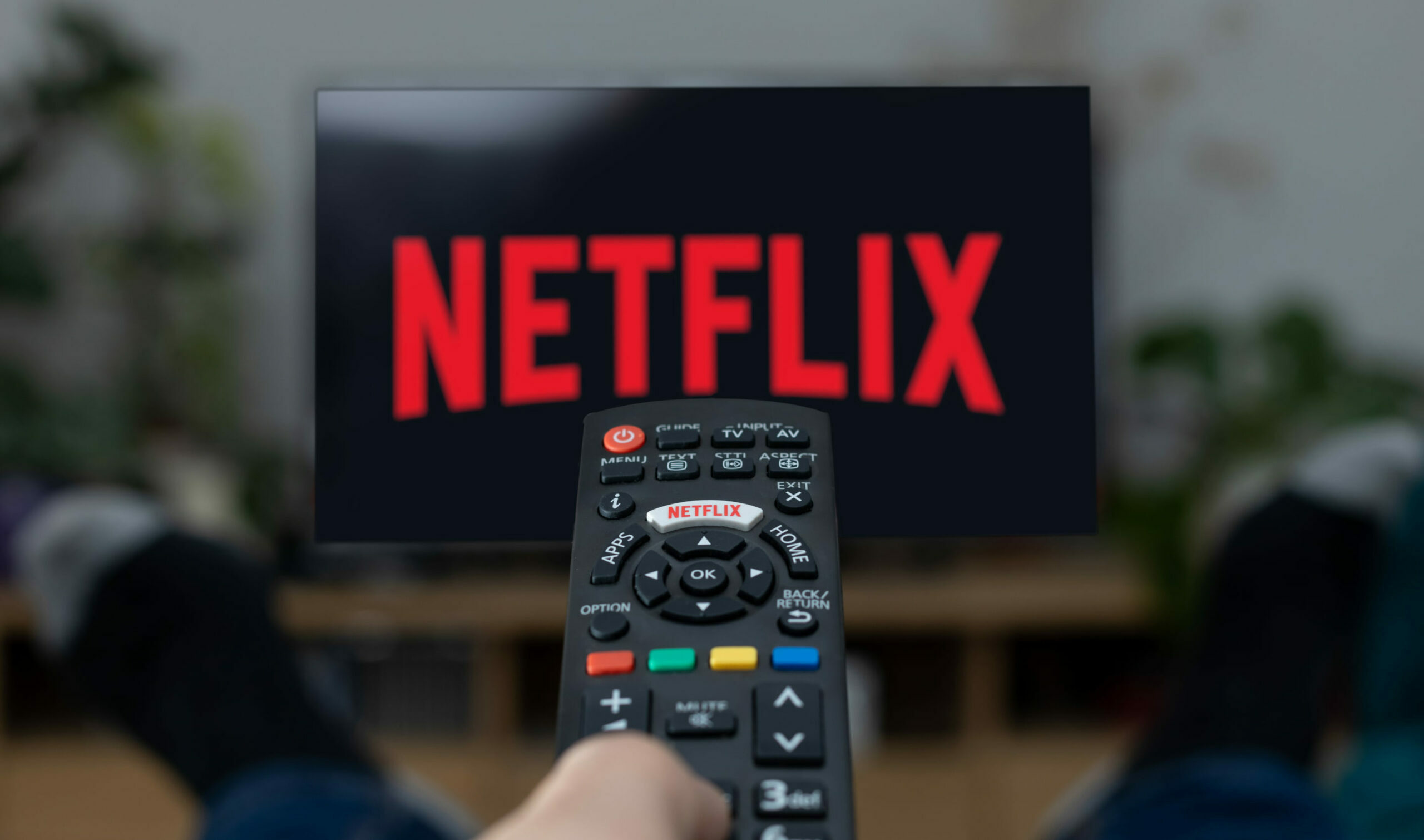
How Netflix creates Immersive UX Design and What We Can Learn From Them
DUDUM
19 minutes.
This is, on average, how much scrolling time it takes for a Netflix user to either settle for a show or movie or give up (and change platform).
We have so many titles to choose from that we are flooded with indecisiveness. We are happy when offered a panel of choices but we will become less happy the more options we have. That’s the Paradox of Choice phenomenon that American psychologist Barry Schwartz observed. In addition, the more time we take to choose what to stream, the pickier we are: we want to select the ✨perfect ✨title. But how does Netflix manage to have such an impressive UX design?
Table of Contents
Who’s Watching?
You’d be shocked about how much Netflix knows about you and your watching habits. It actually knows on which day you open the app and at what time of the day, what type of content you watch and for how long, it also knows when you pause and for how long. All this information goes into their magnificent algorithm which allows to give you the ✨ perfect recommendation page✨ to minimise your effort in finding something to enjoy.
To solve the everlasting problem of not finding anything to watch after infinite scrolling that users are facing, they have come up with many very interesting new features over the years. This includes the Top 10 row, Play Something on TV, the ability to edit and tidy the Continue Watching row.… It has recently introduced a set of new features to help them understand what its customers are actually looking for when they open the app:
Evolutive rating system
👍🏻 Thumbs-Up/Thumbs-down
Netflix gives the ability to rate movies and tv shows by giving a thumbs up or thumbs down. This allows them to, once again, have more information on your movie and tv series preferences. It also allows comparing what you watch with what other people watch to create a pattern with people who have similar tastes. This is how they are able to suggest titles with a match percentage.
👍🏻 👍🏻 Double Thumbs Up
Their new double thumbs-up feature draws from their already existing rating system with a depth added to it. This is part of their continuing journey in learning to understand their customers better. Netflix actually had a 5-star rating system which they gave up in 2017.
During an interview with the Verge, Christine Doig-Cardet, their director of product innovation and personalisation experiences said: “We hope to end choice fatigue with new features that we’re adding this year. It’s a huge part of where we want to invest — providing those mechanisms to give more of the control back to the user to help tailor their experience to their personal taste.”
Netflix wants to get to know you 😉
🔀 Play Something
Want to watch something but not sure what? We got you covered!
— Netflix (@netflix) April 28, 2021
Starting today you’ll find PLAY SOMETHING when you log on to Netflix — locate it underneath your name, as a row on the homepage, or in the menu. It will show you one of three things… pic.twitter.com/xkHgfMHYpR
A year ago, they introduced “Play Something”, a somehow controversial addition to their extensive features list.
I’ve personally tested Play something for the sake of it. The results I got were not very conclusive. Most of the shows they suggested were titles from My List or shows that I had already watched on another streaming platform.
Play Something is a tool that will show us:
- A new series/film similar to the ones you’ve watched before,
- An episode/film you’ve already watched and may want to watch again if it’s been a while, or
- An episode from a show you’ve started but haven’t finished (it will pick up where you left off).
This makes sense, most of the titles suggested have already been featured on my homepage. This feature would be great for people who are indecisive about what they want to watch but not when they want something new. I would rather keep scrolling or choose something from My List.
🔥 New & hot: Coming soon, Everyone’s watching, Top 10
Netflix has added a new section on their mobile app, called New & Hot which includes three categories of recommendations:

The three categories follow the same model of user interaction. You watch the snippet offered to you and choose to either interact with it (add it to “My List” or stream the title) or skip to the next snippet. This section allows to keep the user updated on what they will be able to watch on the app very soon.
People influence people. It’s common for a user to ask their friends whether this show or movie is worth watching. Netflix made it easier for users to know what people worldwide are binging. They created a new section where users can find what’s popular to watch.
🤣 Fast Laugh
This feature allows the user to watch ten second-snippets of movies and tv series. The format follows the structure TikTok has popularised these last few years with infinite scrolling. The user, after watching the snippet, can interact with the content by giving “LOL”, adding the show to their “My List”, sharing the snippet on social media, or playing the movie/show directly. This features more titles that haven’t been previously suggested on the Homepage. Again, this allows Netflix to get to know your tastes better by suggesting titles that you haven’t been familiar with, at least not to their knowledge.
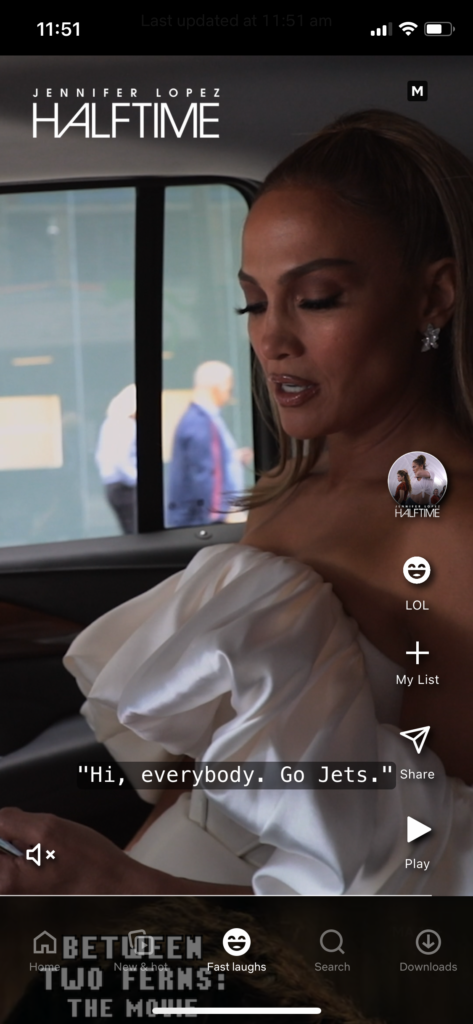
How does their recommendation system work?
Netflix has perfected its recommendation system through the years to give its users the best experience possible when logging in. Not only do they include titles based on your watching history (what you liked, disliked and binge-watched), but it will also choose which rows to suggest first, such as Continue Watching, Watch it Again, Only on Netflix, or, you might even have heard or experienced yourself some hilarious category name:
I didn't realise #Netflix had a category based on the PhD experience #phdlife #phdlife pic.twitter.com/3hdL5n624Y
— Alex Mullins (@AlexJMullins) February 21, 2019
They also pay attention to the rank of each title on every row they are suggesting, making it sometimes wholesome.
Netflix also showing love to @KimsConvenience in a number of other categories ("Oddballs & Outcasts"?) pic.twitter.com/aHgQVUvh6T
— Kevin Lee (@kglee) July 29, 2018
🤔 Netflix tagging
These category names have a background to them. Each title has “tags” on it, such as genres: Comedy, Romance, Thriller…, but also basic tags: Quirky, Provocative, Suspenseful, Psychological… I think you get the gist. These tags come from professional taggers, and they are exactly what you think they are: people whose job is to watch movies and tv shows with the sole purpose of tagging with words or phrases that describe them the best so that you, as a user, can enjoy very precise recommendation afterwards.
🎨 Netflix artwork
Have you ever noticed the artwork suggested on your homepage? Here are three of the many artworks for Stranger Things that showed up on my homepage the last few days.
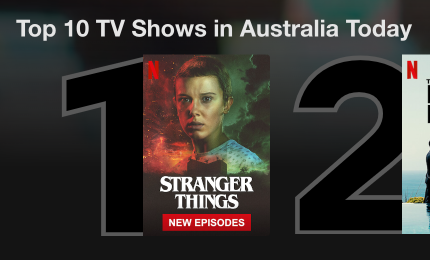
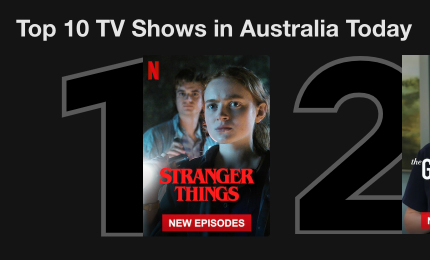
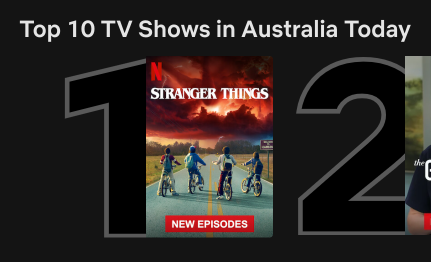
This helps to know what kind of artwork would attract the most users, and which artwork would be the most persuasive to you. If you’ve spent the last week watching female leading tv shows, for example, the first artwork would show up. This works for any title but has a focus on Original content.
Netflix doesn’t want you to leave, at all.
🫂 Retention
All of the features mentioned earlier are a part of Netflix’s strategy for customer retention. In this section, we are tackling retention when watching a series. Netflix has popularised binge-watching series, but they are continuing to better it.
In 2019, they changed the countdown time before the next series episode will start. They discovered that the ten-second countdown massively increased hours watched. When you’re binge-watching your series, cosily wrapped in your blanket, you absolutely don’t want to move a finger to press the “watch next episode” button, and you surely don’t want to wait an eternity before continuing your series. This is how they designed it. Enough time for you to digest the episode but not too much that you would lose interest, and surely not enough time to decide to stop watching the series.
👀 binge-watching, verb, /ˈbɪndʒ ˌwɑːtʃ/
to watch several episodes (= separate parts) of a television series or programme, one after another.
🥱 Idleness aversion
You can’t expect your customer to have 100% engagement on your product; our attention span doesn’t allow us to do that. But you can still make your customer happy by subconsciously keeping them busy. Netflix’s way of tackling idleness aversion is genius, here’s why:
Netflix: Should I play this movie?
— Jon (@ArfMeasures) October 28, 2019
Me: No no I'm just looking at it for a second
Netflix: I'll put it on
Me: I'm just literally reading what it is
Netflix: It's playing 🙂
Netflix wants you to check out what they have for you. Auto Play will always be here to ensure you are fed with information. This strategy works wonders. Your brain might be focused on that specific title you wanted to stream, but while looking for it, it will give you information on other titles that might pique your interest.
🙂 Wrap up
Netflix’s strategy is not about collecting the more information possible from their customers. It’s actually about collecting the right information to improve their recommendation algorithm while also not losing money. They have thoroughly understood why UX is so important and continue to shoot for the moon to find new ways to keep their customer experience as seamless as possible. It strives to achieve a user experience that is both inclusive and innovative. Here are four lessons that we can learn from Netflix:
- Keep a simple user interface with clear CTAs that make users want to click.
- Focus on personalisation as much as you can; users need to feel that they are listened to and understood. Provide a tailored user experience whenever you can; this will make your customers engage with your product much more easily.
- Continuously adding value to your brand. Find a competitive advantage that users can only find with you, just like Netflix originals.
- Apply Idleness Aversion by keeping your customer engaged with information (visuals, animation or gamification)
Take your company to the next level and get results with our world class user experience, interface design and implementation.
Get a FREE 30 min Strategy Session

Related posts
Figma AI: A New Era of Design
Figma has become synonymous with modern design collaboration. Its cloud-based platform has revolutionized the way UI/UX designers work together, fostering […]
Designing UX for Younger Generations: Strategies to Create Engaging User Experiences
Designing UX for Younger Generations is both a challenge and an opportunity for modern designers. These digital natives, encompassing Generation […]
Case Study: How Headspace Designs for Mindfulness
In his twenties, Andy Puddicombe left his half-finished university degree behind and travelled to Asia. At several different monasteries in […]
Creative product design that gets results
Take your company to the next level with world class user experience and interface design.
get a free strategy session

